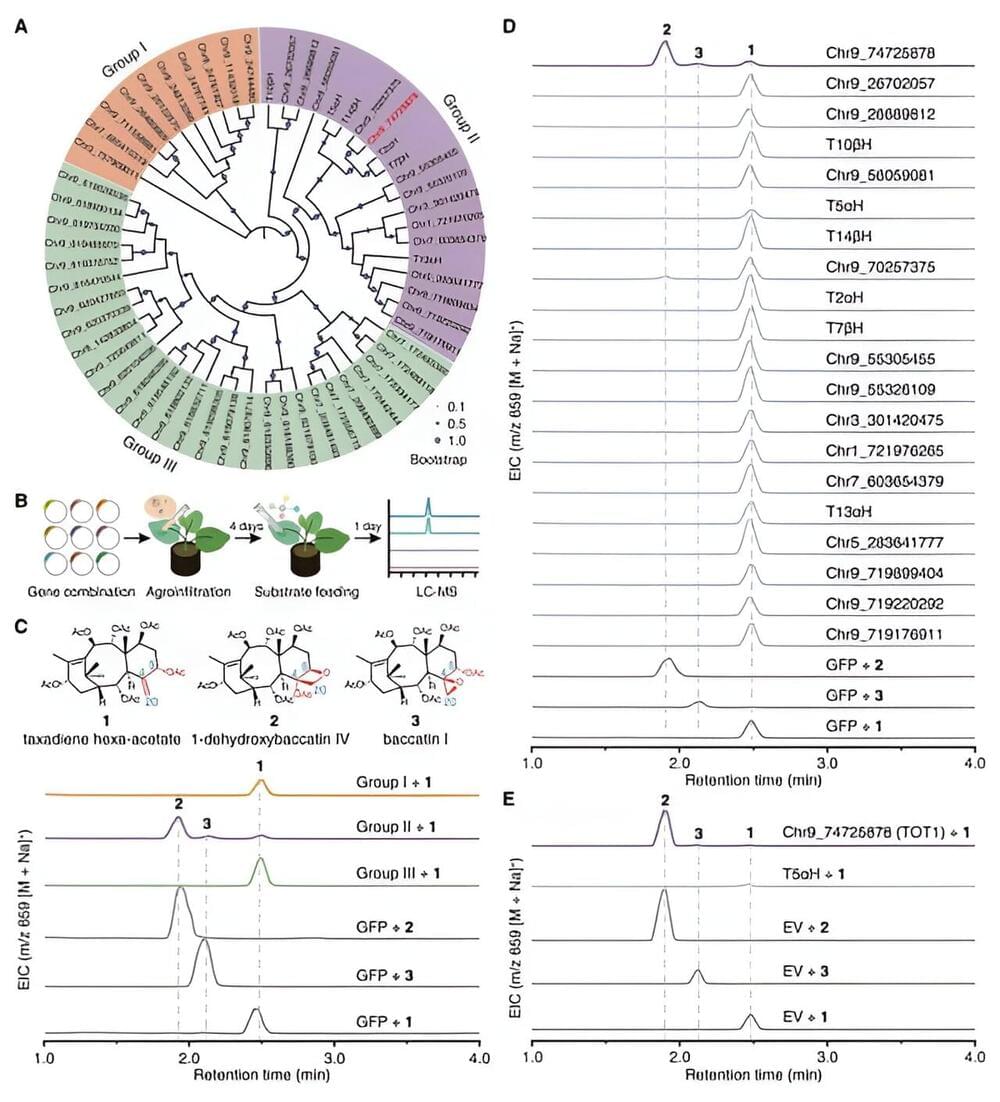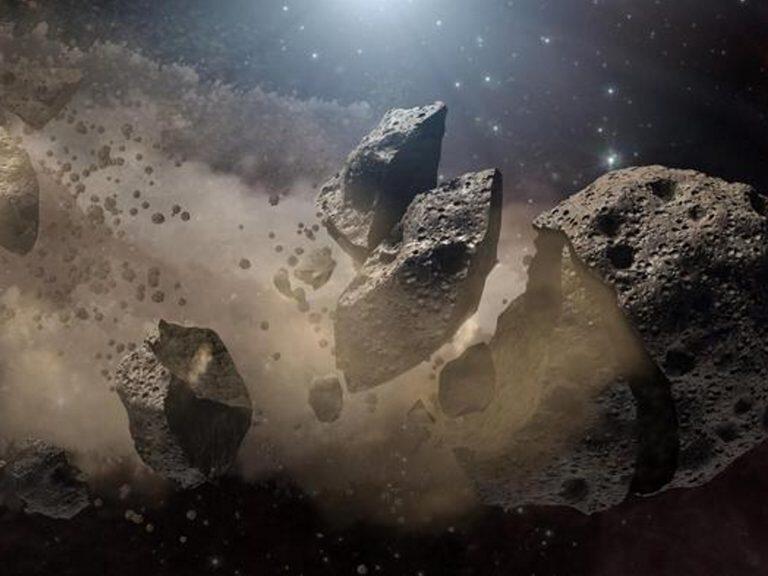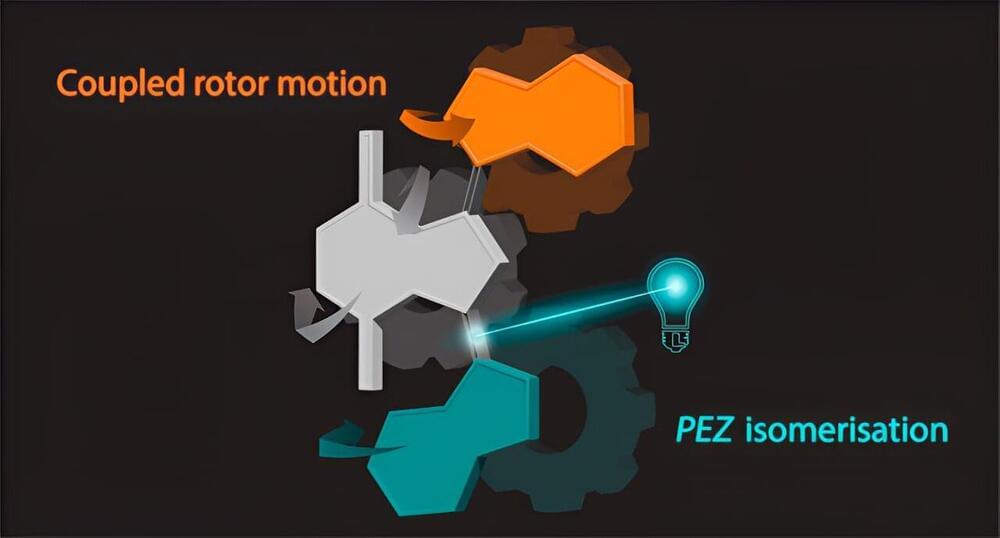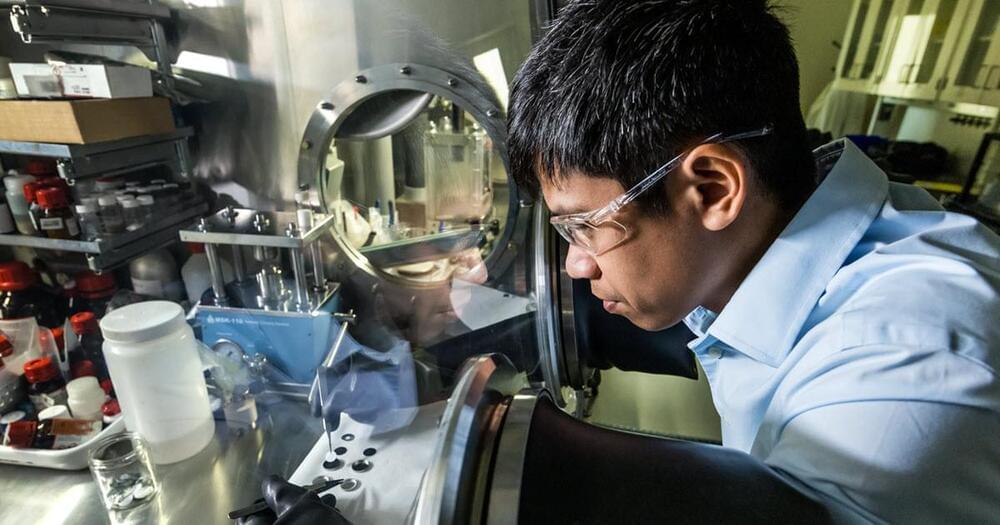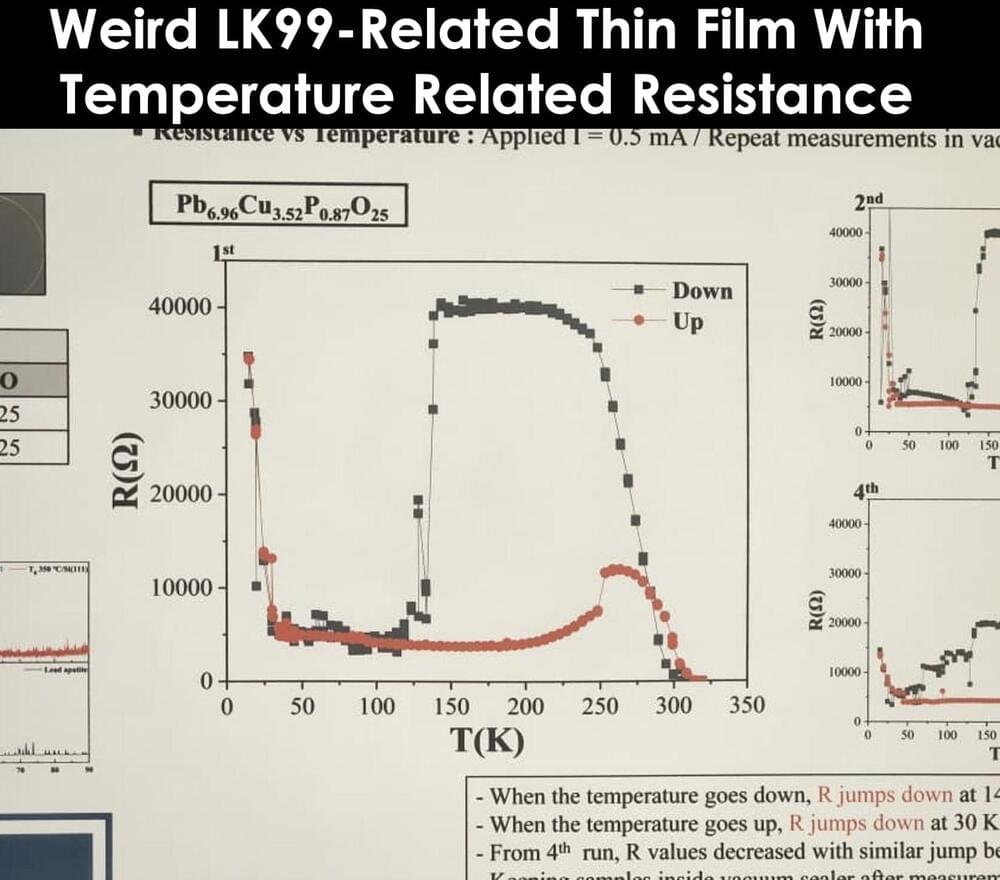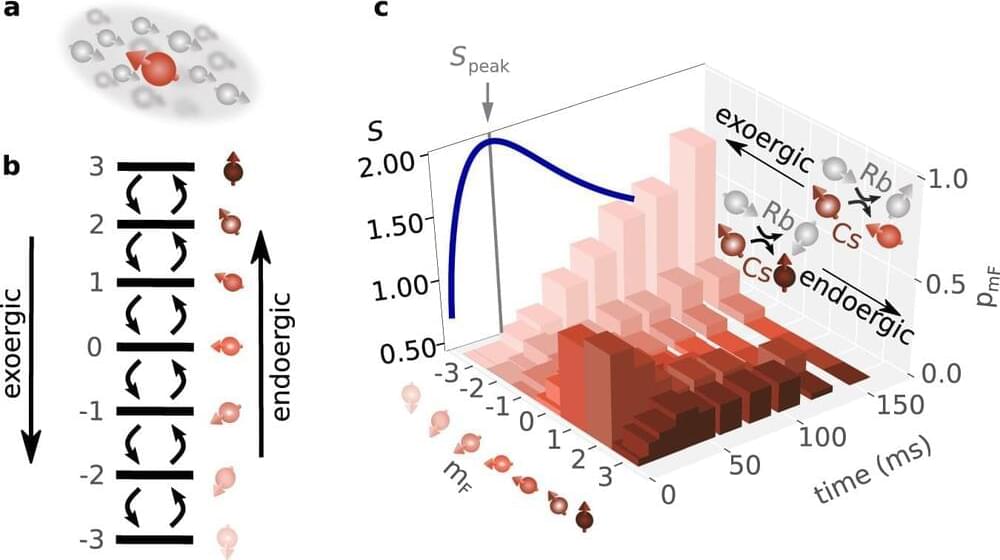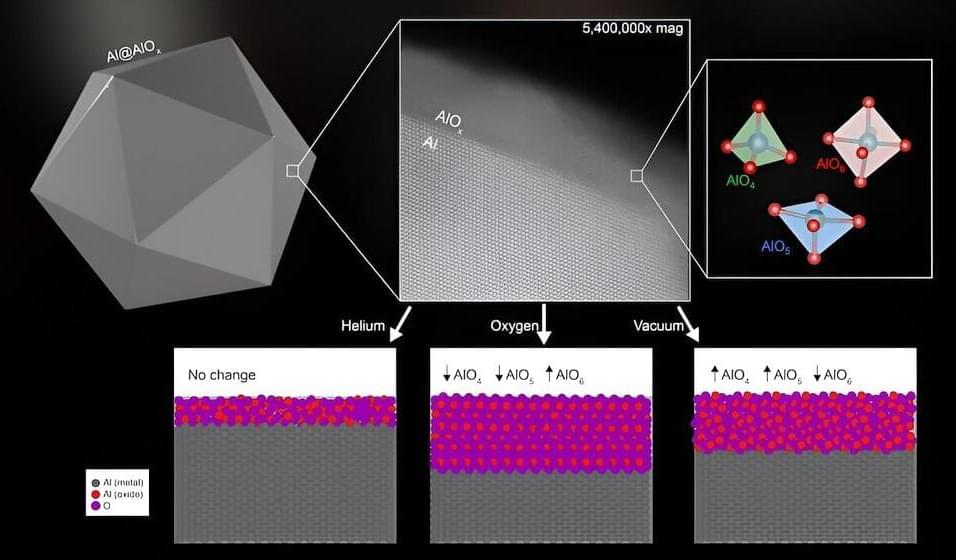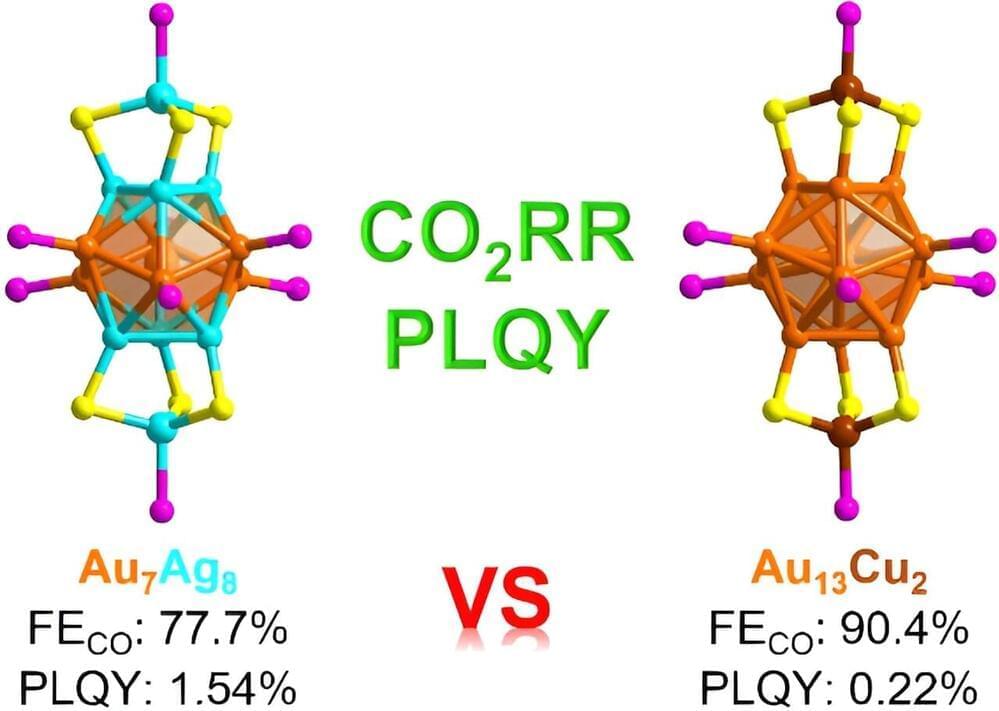Mar 9, 2024
Sustainable Chemistry Achieved: Scientists Develop Organic Framework Material That Mimics Photosynthesis
Posted by Dan Breeden in categories: chemistry, energy, sustainability
Scientists at the National University of Singapore (NUS) have created a microporous covalent organic framework with dense donor–acceptor lattices and engineered linkages for the efficient and clean production of hydrogen peroxide (H2O2) through the photosynthesis process with water and air.
Traditional industrial production of H2O2 via the anthraquinone process using hydrogen and oxygen, is highly energy-intensive. This approach employs toxic solvents and expensive noble-metal catalysts, and generates substantial waste from side reactions.

